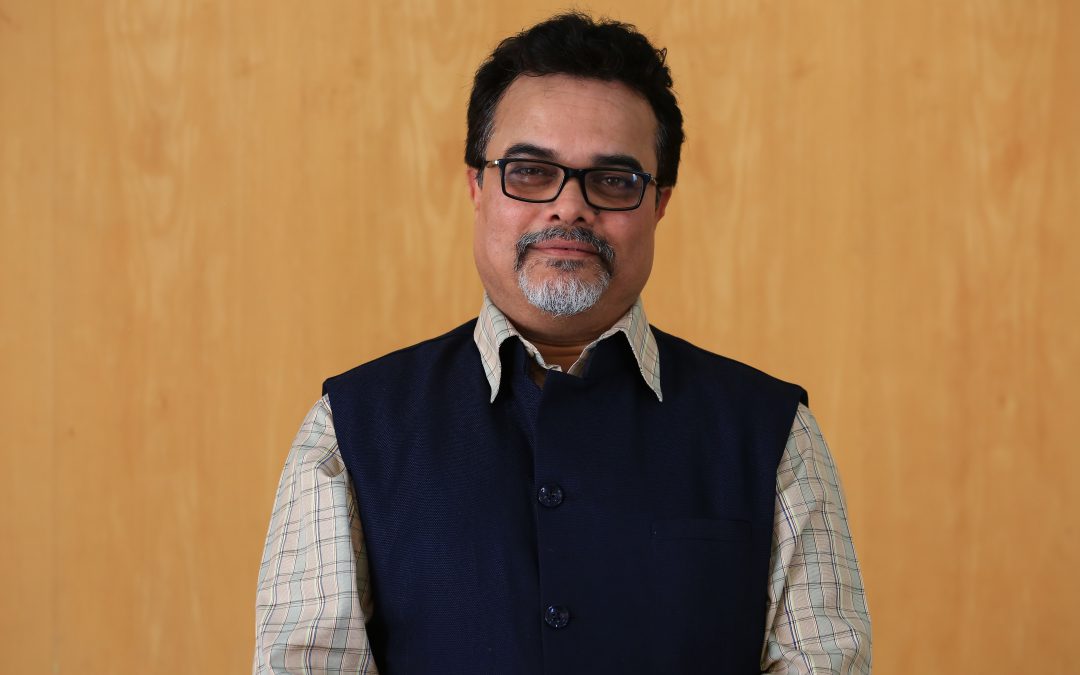Learning New Age TV Journalism: Five Must Do’s
Television Journalism in India is in turmoil. One, the content is increasingly looking alike among channels, focus is more on less field and more in-studio debates, there is a credibility issue with most TV news content, technologies are radically transforming by the day, revenues are a big challenge, and above all, human resources are either ill-trained or the best ones on frequent attrition.
In this backdrop, nurturing future talent for television news and non-fiction programming assumes a critical dimension.
My suggestions are the following five for the same.
First, one has to understand that news-dissemination does not exist in isolation and cannot be done through one dominant or exclusive route. Every news and information consuming person has access to multiple media platforms and travels almost seamlessly among them, specially the younger audiences. Hence, every channel needs to have strategic association with a print outlet, and must surely have their own online presence, including social media. Further, every news channel today needs to own up or associate with leadership events in various domains. Hence, the learning of television journalism has to be done in comparative context and continuation of news on other platforms: print, radio, online and on-ground.

Second, with special reference to the online and social media, television news must move ahead with complete integration with the web, and every TV story being ‘snacked’ or provided solo in social media, with all major stories available in text with metatags and hashtags online. This is a key skill that needs to be learnt.
Third, content is king, and context is the king-maker. In every social and political context, or economic or entertainment issue, good well packaged content through research-based news-story, in-studio thread-bare all-angle discussions on the same, and detailed news documentary with voice of the people etc, needs to be presented. And this needs to be learnt: to be first to get it, to be detailed in research, to be alert to have all angles, to be factual to travel through Big Data all around and get the right required ones, and to be ethical and on the side of the people at large.
Fourth, delivery of news is another big challenge today. Technologies are evolving at a breakneck pace and yesterday’s technology is already obsolete today. Learning to be techno-friendly, open to picking up newer technologies of audio and visual gathering, transferring the same from anywhere to anywhere almost instantly, editing and packaging news, and accessing information and analysis from multiple locations at the same time: the other must-know aspects in television news learning.
And finally, you are as good as your audience’s response. Hence, knowing the audiences, their insights and preferences, their beliefs and needs, their age, sex and location, etc are very significant today in the era of 24X7 competitive television journalism. Managing news, managing people, managing technology and being aware of the revenue sources of the channel, and accordingly orient the content and its packaging has become another must-have skill-set of television journalists at leadership position. And morning shows the day. Training must include Television Channel Management module too today.
Any institute in the business of broadcast journalism teaching must recognize these five new age television journalism needs and has accordingly oriented its perspectives, modules and practical sessions to nurture the young talent in the most effective possible way.
This is where the new age School of Media of Pearl Academy marks a major development incorporating the five factors above and bringing in professional job oriented Pearl diploma, along with UGC recognized Indian University degree and an international Australian university degree, along with a portfolio and skills.












